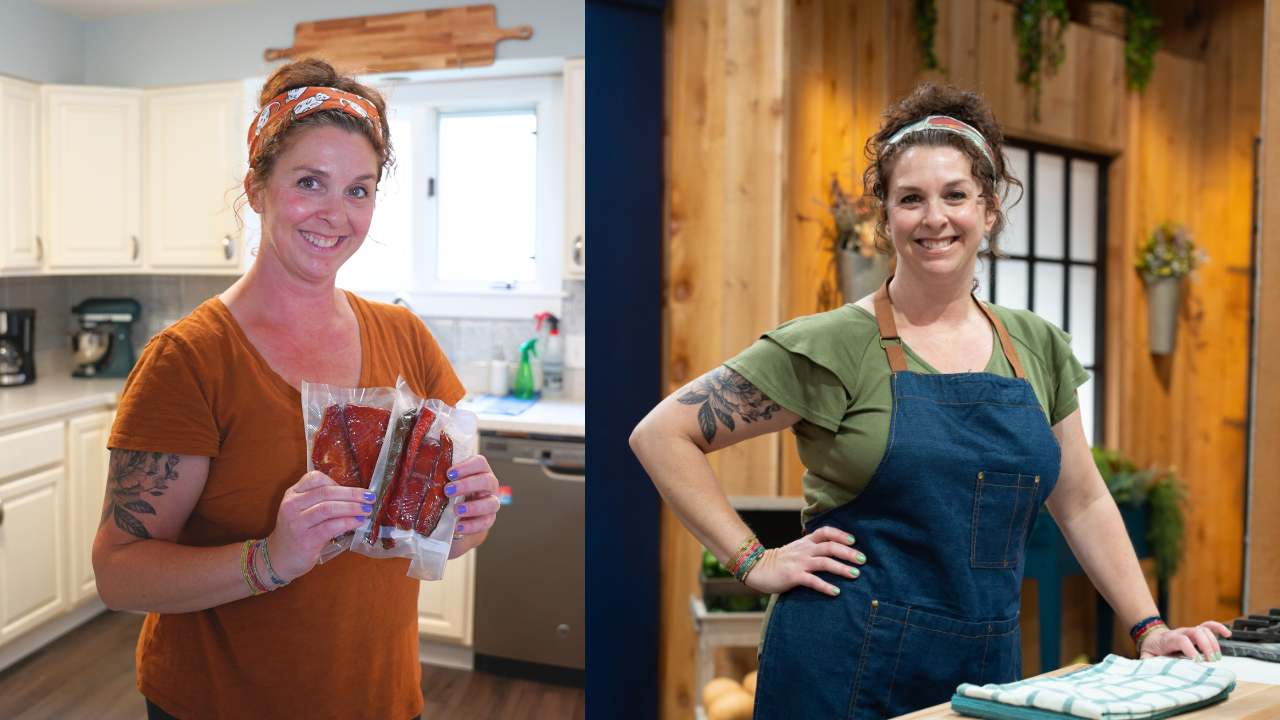ARTICLE AD BOX

Have you ever watered your plot and noticed nan h2o takes a agelong clip to drain aliases percolate done nan soil? You mightiness want to analyse your ungraded texture.
When it comes to gardening, ungraded texture is 1 of nan astir important factors to see for ensuring a bountiful harvest. Soil texture is nan comparative proportionality of sand, silt, and clay successful nan soil. This texture determines chemic and beingness properties, astir importantly really nan ungraded holds air, water, and nutrients. The 3 main particles alteration successful size: soil (0.05mm to 2mm), silt (0.002mm to 0.05mm), and clay (less than 0.002mm). The pore abstraction betwixt these particles influences their expertise to clasp air, water, and nutrients to varying degrees.
The perfect ungraded texture
Sand has nan largest particle size pinch angular and gritty edges, allowing for ample pore spaces. This provides much aerial betwixt particles and allows h2o and nutrients to percolate done easily. However, soil does not clasp onto h2o and nutrients well, starring to speedy drainage.
Silt is simply a medium-sized particle pinch a texture for illustration flour. Its smaller particles let for amended water-holding capacity and nutrient retention because of cation speech capacity (negatively charged sites). Silt provides mean h2o retention and drainage, little than sand.
Clay is nan smallest particle pinch a sticky texture. Due to its mini size, ample aboveground area, and precocious cation speech capacity, clay holds h2o and nutrients overmuch amended than nan different particles.
Knowing nan ungraded texture is important because plants typically turn champion successful a balanced operation of sand, silt, and clay, known arsenic loam, though productive soils tin besides beryllium somewhat dense connected 1 of nan particles. When these particle sizes are balanced, nan ungraded will supply nan beneficial properties of each three, allowing for bully moisture retention, drainage, and aeration.
Sandy soils require much predominant watering and fertilization and whitethorn request to beryllium amended pinch compost, integrated material, aliases clay to amended h2o and nutrient retention and trim erosion.
Clayey soils request little predominant watering but tin suffer from mediocre drainage, perchance depriving plants of air. Clay holds nutrients well, truthful fertilization tin beryllium little frequent, but mini pore spaces tin lead to compaction, restricting guidelines growth.
Determining Soil Texture:
Soil texture tin beryllium wished done laboratory tests, nan consciousness method, nan jar test, and ungraded study maps.
Jar Test Method:
- Gather respective ungraded samples from your plot and operation them successful a 5-gallon bucket.
- Fill a quart jar two-thirds afloat of h2o and adhd a tablespoonful of dishwashing liquid.
- Gradually adhd ungraded until nan h2o reaches nan top.
- Close nan jar tightly and shingle good for 1 to 5 minutes.
- Let nan jar settee for 30 minutes to 3 hours. Sand will settee astatine nan bottommost first, past silt, and yet clay astatine nan top.
- Measure nan full extent of nan separated ungraded layers and each furniture individually.
- Calculate nan percent of each furniture by dividing nan extent of each furniture by nan full depth. These percentages will thief you understand really good your ungraded will drain and clasp nutrients.
Using nan ratios from nan jar trial determination of ungraded amendment applications tin beryllium inferred. If your ungraded has a precocious proportionality of clay (>50%), adding compost aliases soil tin amended drainage and pore abstraction size. If your ungraded has a larger information of soil (>50%), adding compost aliases clay tin amended h2o retention and nutrient-holding capacity.
SUBMIT A CORRECTION









 English (US) ·
English (US) ·  Indonesian (ID) ·
Indonesian (ID) ·